Karl Gerhard - revykungen (2016)
Documentary about early 20th century revue artist and satirist Karl Gerhard
Documentary about early 20th century revue artist and satirist Karl Gerhard
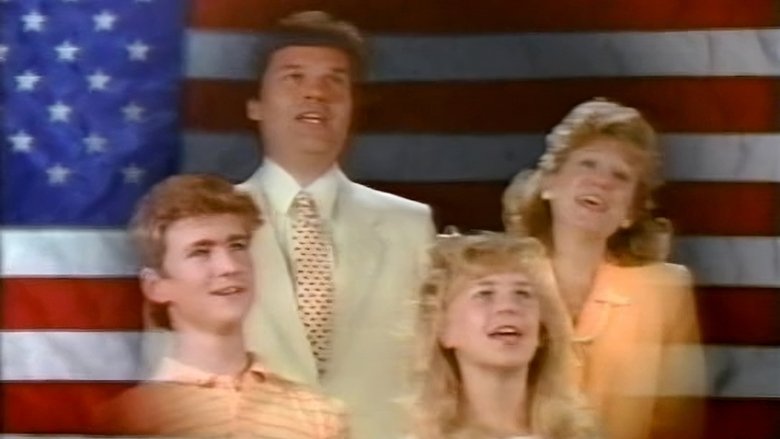
In this daring follow-up to The History of White People in America, comedian Martin Mull takes us on an in-depth look at such topics as White Religion, White Stress, White Politics, and White Crime.
Reverend Billy, a.k.a. Bill Talen, is an actor/performance artist and a leading figure within the anti-globalization movement. His work combines the ideas of social and political change with the means of theater arts to counteract our media-laden culture. The film follows the Reverend's "shopping interventions/actions" into cultural dead zones such as Starbucks, Disney and the New York University construction site at Poe House.
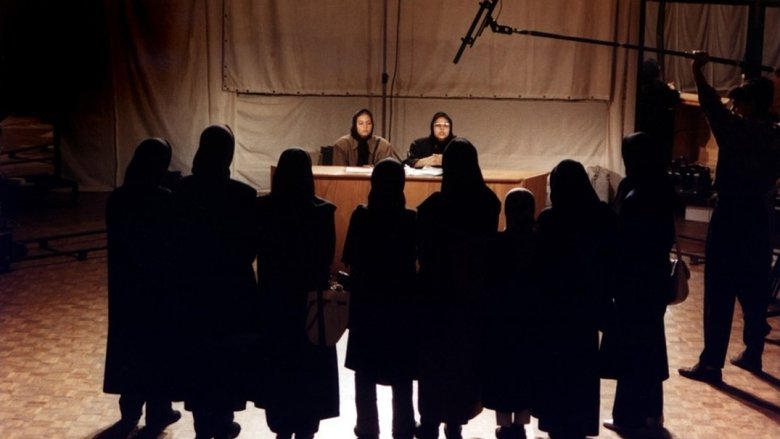
Makhmalbaf puts an advertisement in the papers calling for an open casting for his next movie. However when hundreds of people show up, he decides to make a movie about the casting and the screen tests of the would-be actors.
Rich Peppiatt delivers a satirical dissection of the newspaper trade by turning the tables on unscrupulous editors. Through a series of mischievous stunts and interviews with heavyweights of journalism, comedy & politics, Peppiatt hilariously exposes the hypocrisy at the heart of modern journalism.
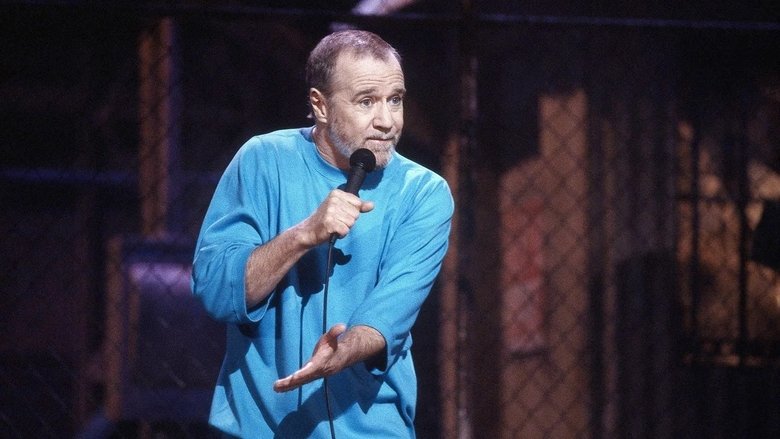
George Carlin changes his act by bringing politics into the act, but also talks about the People he can do without, Keeping People Alert, and Cars and Driving part 2.
A selection of seemingly unconnected scenes featuring Nick Cave, Blixa Bargeld, Nina Hagen and Lene Lovich. Losely based on Voltaire's satire "Candide".
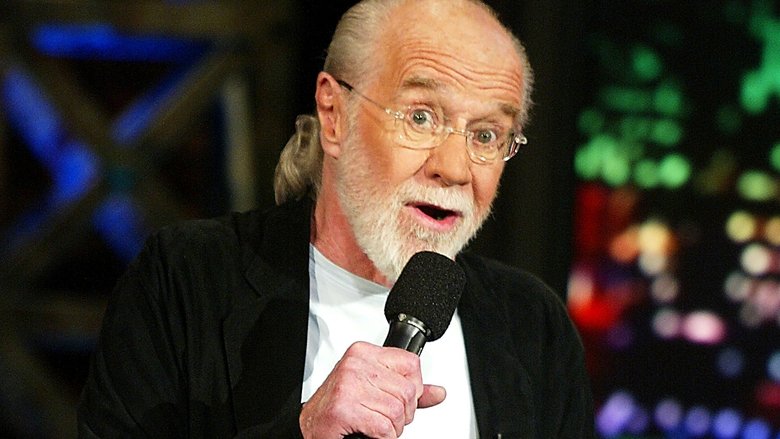
George Carlin brings his comedy back to New Jersey and this time talks about Offensive Language, Euphemisms, They're Only Words, Dogs, Things you never hear, see or wanna hear, Some people are stupid, Cancer, Feminists, Good Ideas, Rape, Life's moments, and organ donors.
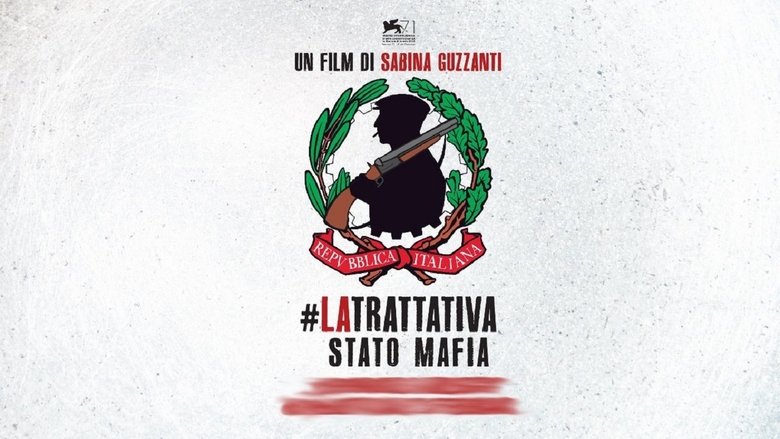

A collection of numerous burlesque acts from the 1950s, including strippers, and cult character Betty Page introducing the acts.
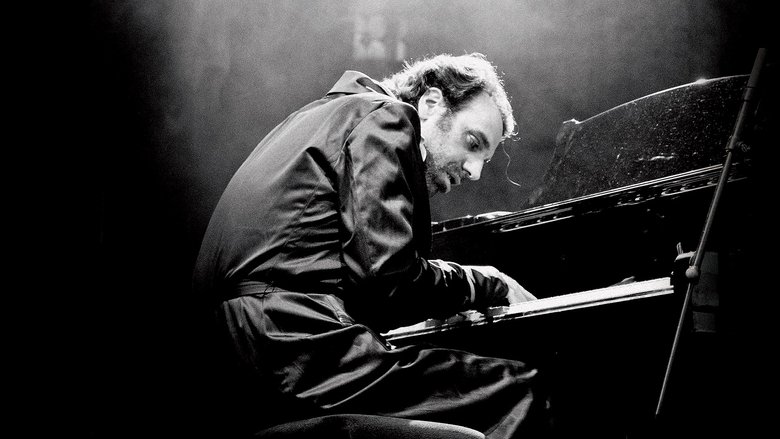
The documentary follows Chilly Gonzales from his native Canada to late '90s underground Berlin, and via Paris to the world's great philharmonic halls. Diving deep into the dichotomy of Gonzales' stage persona, where self-doubt and megalomania are just two sides of the same coin.
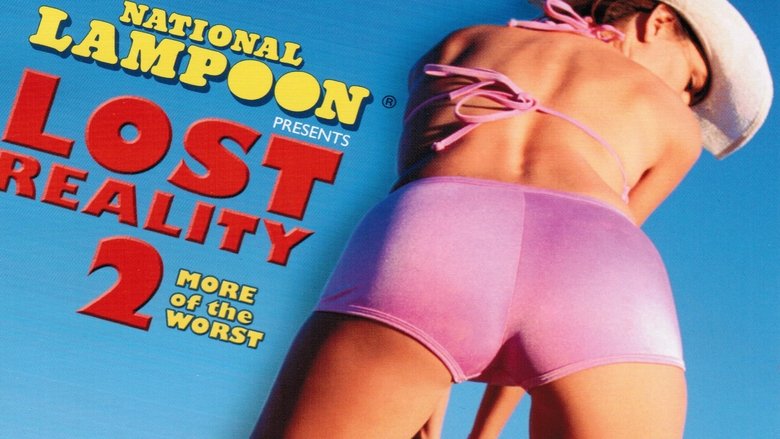
When nothing is sacred, everything is funny. More reality TV shows the networks wouldn't dare air from the warped minds at National Lampoon.
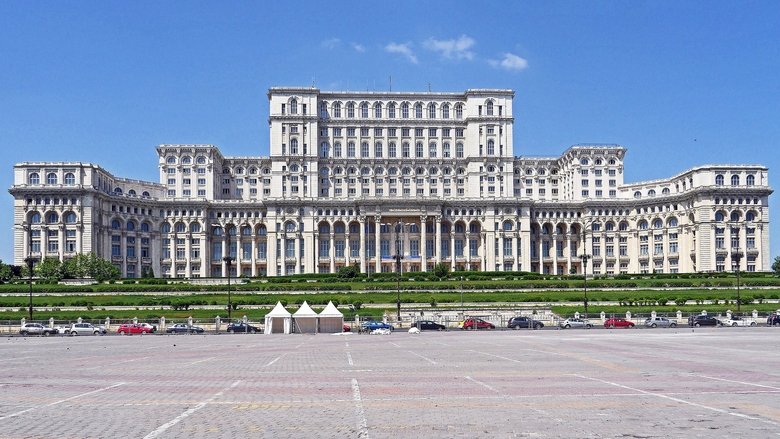
They’ve become the human face of inhuman barbarity. Leaders like Hitler, Idi Amin Dada, Stalin, Kim Jong Il, Saddam Hussein, Nicolae Ceausescu, Bokassa, Muammar Kadhafi, Khomeini, Mussolini and Franco governed their countries completely cut off from reality. These paranoid leaders were driven to abuse their power by the pathology of power itself. Dictators are driven by a relentless, thought-out determination to impose themselves as infallible, all-knowing and all-powerful beings. But they are also men ruled by their caprices, uncontrollable impulses, and reckless fits of frenzy, which paradoxically render them as human as anyone else. The abuses they committed were clearly atrocious, yet some of them were as outlandish as the characters portrayed in the film The Dictator. They sunk to depths worthy of Kafka: so incredibly absurd, they are outrageously funny.
What is the secret behind the success of "Rocky Horror"? Is it the music? The actors? The comedy? It's certainly not the Special Effects. "Rocky Horror" has been around for more than 40 years, and still continues to be successful in the movie theaters as well as on stage. This documentary is highlighting the history of "Rocky Horror", which started off as a two-page script written in crayons, and ended up with two movies, tons of merchandise, millions of fans and world touring shows, grossing more than $500 million in revenue.
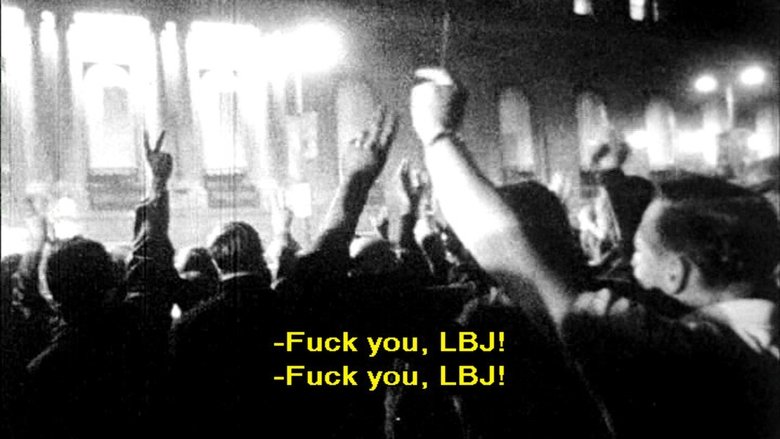
The Youth International Party, whose members were commonly called Yippies, was a radically youth-oriented and countercultural revolutionary group opposed to war and the status quo of American culture. Known for using theatrics and humor to advocate social change, several Yippies were notably on trial as the Chicago 7. Primarily consisting of footage from the 1968 Democratic National Convention in Chicago which sparked massive demonstrations that were met by violence and hysteria caused by the police. This film also includes found newsreel footage as well as Pigasus - the pig the Yippies advanced as a candidate for President of the United States.
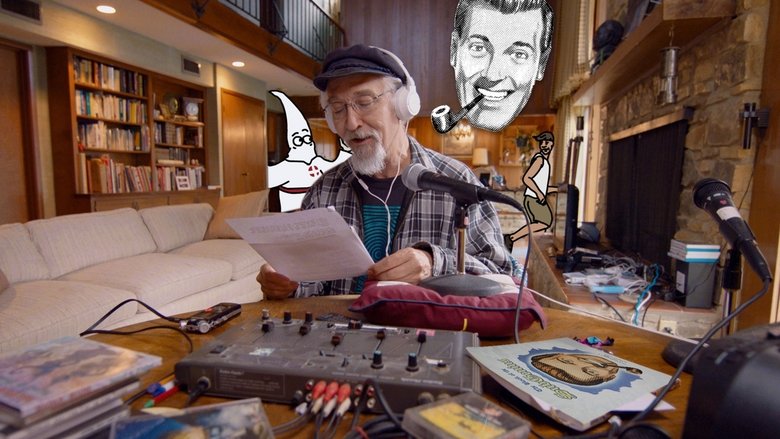
What started out as an inside joke amongst two self proclaimed weirdos in Ft. Worth, Texas soon becomes much more than they bargained for. Frustrated by the rising consumer-driven culture, out-of-work pals Douglass St. Clair Smith and Steve Wilcox decide to turn their conservative southern ideology on its head and invent a new religion all their own. Spurred on by the overreach of religion and zealous televangelists of the day, the pair concoct religious monikers (Reverend Ivan Stang and Dr. Philo Drummond), a newly minted prophet (J.R. "Bob" Dobbs), and devise a crusade to expose the conspiracy of normalcy by using humor as the ultimate weapon.
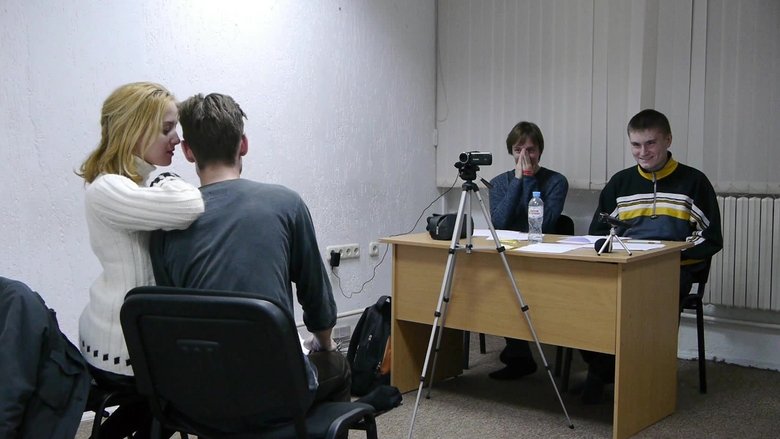
Aspiring directors Lev Zaretski (a sadist) and Ruslan Romanov (an anime MC) will show you how to properly write a screenplay; cast actors; do a film shoot; and answer questions from annoying film festival attendees.

Exclusive behind-the-scenes footage offers a glimpse into the comic minds behind a "Wet Hot" summer-camp cult hit featuring many future stars.
Filmed in Wendover, Nevada, in early 1981, Energy and How to Get It combines documentary and fictional ideas. What began as a documentary film about Robert Golka, an engineer who was experimenting with ball lightning and the development of fusion as an energy force, was turned into a spoof on the documentary form, inserting fictional characters into the story such as the Energy Czar (William Burroughs), and a Hollywood agent (filmmaker Robert Downey). (mfah.org)
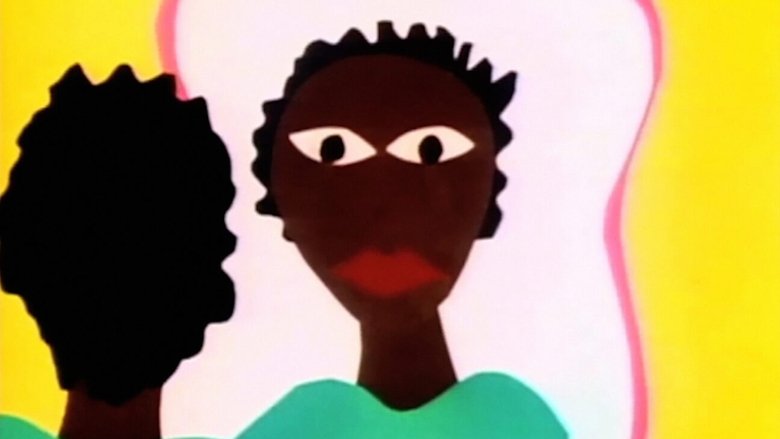
An animated satire on the question of self-image for African American women living in a society where beautiful hair is viewed as hair that blows in the wind and lets you be free. Lively tunes and witty narration accompany a quick-paced inventory of relaxers, gels, and curlers. This short film has become essential for discussions of racism, African American cinema, and empowerment.